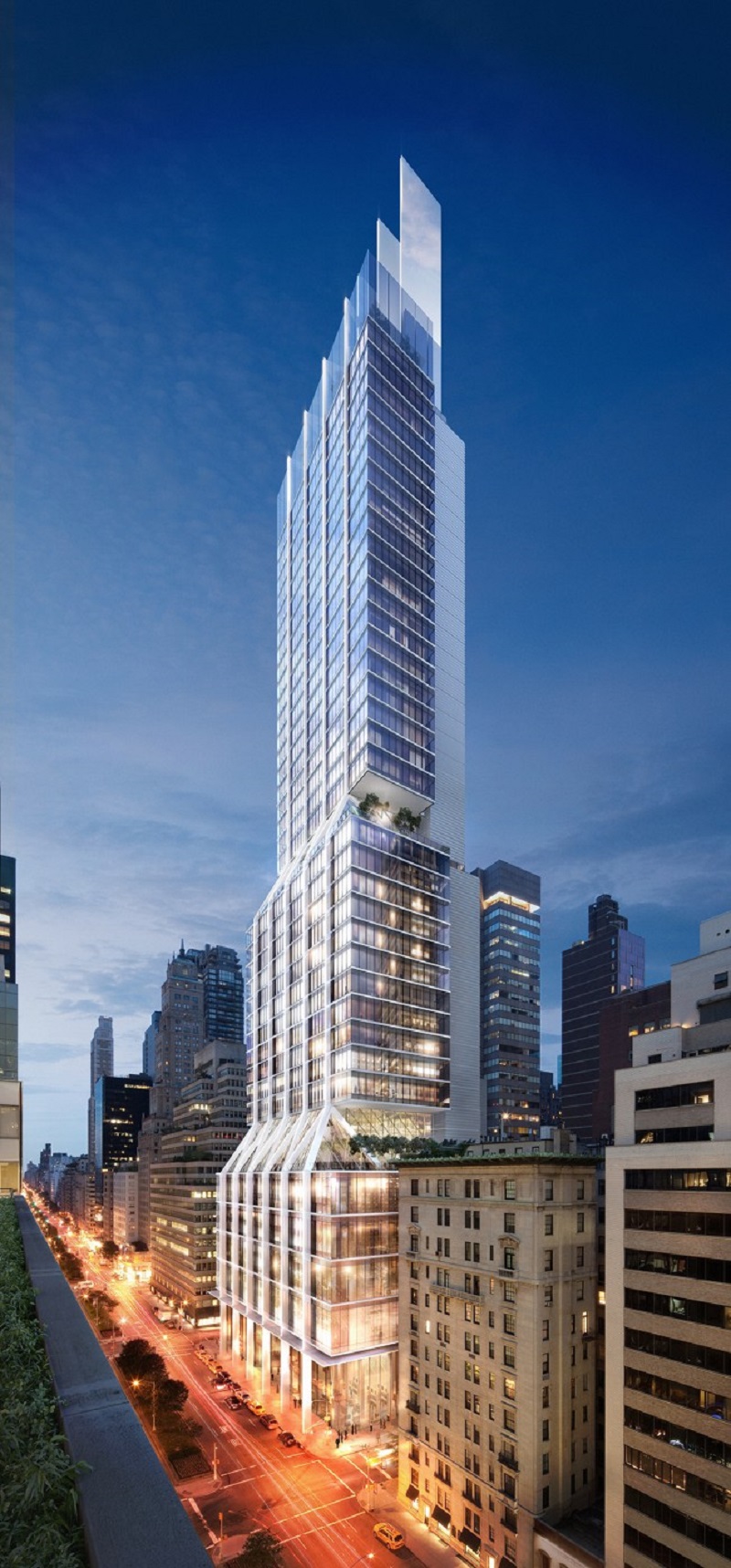Construction Lenders Becoming More Selective
Lenders raise the bar for construction debt as markets mature.
By Poonkulali Thangavelu
As commercial real estate construction moves into a mature part of the cycle, the good news is that financing is available for a wide variety of projects. That said, not all property types or markets are equal, and some have a decided edge in securing debt. With memories of the Great Recession still fresh, most lenders are underwriting real estate debt conservatively; in recent months, market-watchers say, they have seen further tightening.
“Construction financing is active and available. It is not overflowing,” said Tom O’ Brien, president of Berwyn, Pa.-based developer LCOR. “I think lenders are concerned that valuations are up and there is a chance that could change. And they are trying to protect themselves from that.”
Mixed speeds
Multifamily appears to be at a later stage in the construction cycle, since the housing market downturn and declining homeownership rate spurred demand for new product early on. Considering that earlier start, overbuilding is becoming a concern, especially in major urban markets like New York City, San Francisco, Los Angeles, Seattle and Dallas.
At the other end of the spectrum is retail. Although the project pipeline has rebounded somewhat, online shopping, a mature inventory and other factors often make redevelopment more attractive than ground-up projects.
As for the hotel, industrial and office sectors, construction generally appears to be in mid-cycle. Demand for distribution space to fulfill online orders has given the industrial sector a much-discussed boost in recent years. The hotel sector also appears to face some risk of overbuilding.
Nix on spec projects
In this more cautious lending environment, strong sponsors with well-located, pre-leased commercial projects have a distinct advantage. Even as recently as mid-2015, HFF was able to arrange a $556 million construction loan for 425 Park Ave., a 47-story spec Manhattan office tower. HFF arranged 50 percent loan-to-cost financing with Mass Mutual. Michael Gigliotti, a New York City-based HFF managing director, noted that it has become much more difficult to find financing for speculative office and retail properties. Pre-leased office properties are easier to finance, along with multifamily properties in markets that are not oversupplied. Hotel projects tend to be the hardest sells.
Banks and specialty debt funds continue to be active construction lenders. True to their reputation, life companies tend to be more selective, favoring construction-to-permanent loans and strong urban markets. REITs have a somewhat smaller footprint in construction debt, but participants like Starwood Property Trust and Blackstone Mortgage Trust are making their presence known.
There is speculation that banks will start raising the bar for lending, prompted by the recent implementation of the Basel III rules. New requirements for risk-based capital reserves affect commercial real estate loans classified as high-volatility, a category that includes some construction debt.
Typically, banks stipulate a loan-to-cost ratio of 60 to 65 percent, but are willing to go up to 70 percent under the right conditions. On a multifamily-backed loan, interest rates are around 200 basis points over LIBOR, while the riskiest projects, such as hotels, are priced around 400 bps over LIBOR.
A non-recourse loan adds at least 100 bps to these costs. Mezzanine financing could boost loan-to-cost to 85 percent, but would also increase the project’s blended capital cost by 200 to 300 bps.
Private equity lenders, meanwhile, provide up to 80 percent financing for returns ranging from 550 to 900 over LIBOR. Debt fund financing, which is typically non-recourse, tends to range from 5 percent for multifamily to 9 percent for hotel properties with higher leverage.
Alternative sources
Construction financing through the federal EB-5 program, which encourages investment from qualified candidates for naturalized citizenship, is available on a limited basis, typically in larger metropolitan areas. Raising construction capital through crowdfunding is also catching on.
“I can see this marketplace growing,” said Malcolm Davies, a principal with Los Angeles-based George Smith Partners. “It is still so small today in terms of the relative amount of the market, but it is certainly a trend that we are paying attention to.”
And keep an eye on the impact of recent reforms to the Foreign Investment in Real Property Tax Act (FIRPTA). The more favorable tax treatment could open the door wider to investment from offshore.
It remains to be seen whether construction lending volume for 2016 remains equal to or surpasses that of 2015. “It is pretty late in the cycle for most of these property types to be making more bets,” HFF’s Gigliotti noted. “People got in early and they are not going to double down with their profits.
“And people that got in a little bit later than that are going to be focused on finishing their projects and getting out whole and making a nice profit.”










You must be logged in to post a comment.